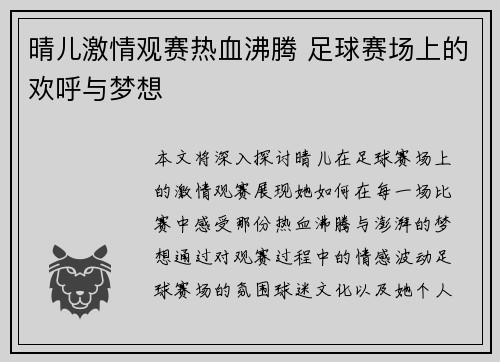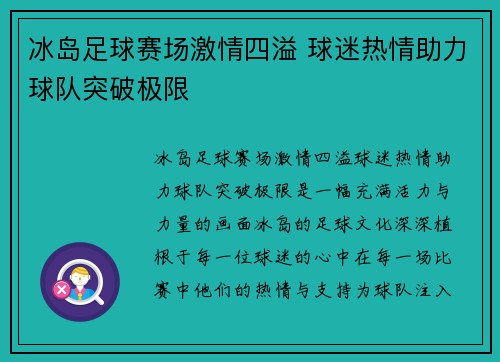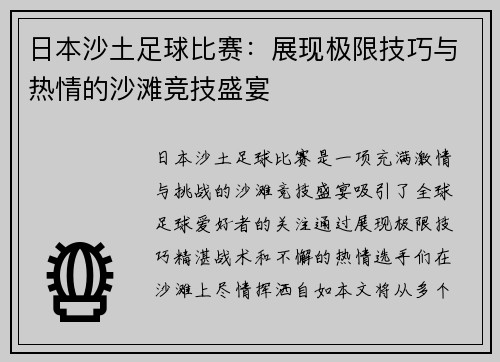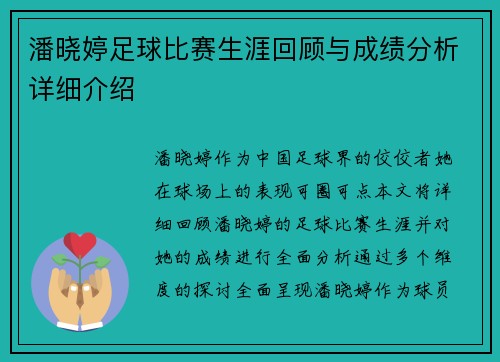An analysis of the role of arms in football matches and their impact on game outcomes is explored in this 3000-word article. Examining various aspects, the discussion highlights how arm actions influence the dynamics of play and results.
1、Arm Movements and Player Control
Arm movements in football contribute significantly to a player's ability to control the ball and maintain balance. They affect dribbling, shielding, and aerial challenges. These actions are crucial in gaining possession and creating scoring opportunities.
Players utilize their arms to shield the ball from opponents, creating space and time to assess passing options or take a shot. The legal limits of arm use, such as avoiding handball fouls, underscore the tactical importance of precise arm positioning.
In defensive scenarios, effective arm positioning enables players to intercept passes and block shots. This defensive strategy often determines the outcome of critical moments in a match, influencing overall team performance.
2、Handball Incidents and Refereeing Decisions
Handball incidents frequently spark controversy due to their potential game-changing consequences. Referees must interpret the intent and impact of arm movements to make fair decisions. These rulings heavily influence match momentum and player morale.
The introduction of VAR (Video Assistant Referee) has intensified scrutiny on handball incidents. This technology aims to ensure accurate officiating but also raises debates over consistency and subjectivity in interpreting arm actions.
Teams and players adapt strategies based on prevailing refereeing standards regarding handballs. Understanding these rules is crucial for minimizing penalties and maximizing tactical advantages.
3、Arm Gestures and Psychological Warfare
Arm gestures, such as celebrations and gestures towards opponents or fans, play a significant role in psychological warfare during matches. They can provoke reactions, distract opponents, or boost team morale. These gestures often amplify the emotional intensity of a game.
Captains and experienced players use arm signals to communicate tactics and inspire teammates. These non-verbal cues are essential in organizing defensive formations, set pieces, and strategic shifts during gameplay.
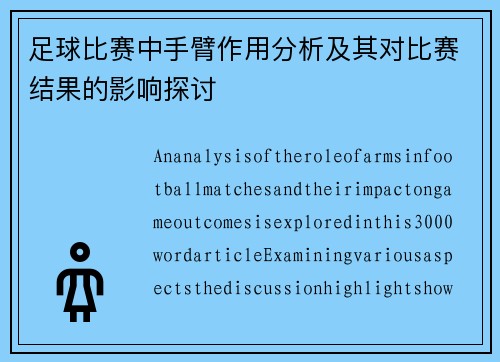
Conversely, unsportsmanlike conduct involving arms, such as deliberate fouls or confrontations, risks penalties and disciplinary actions. Maintaining composure and discipline in arm usage is crucial for sustaining team cohesion and competitive focus.
4、Strategic Arm Usage in Set Pieces
Set pieces, including free kicks, corners, and throw-ins, leverage precise arm movements for strategic advantage. Players' arm placements and movements influence the trajectory and accuracy of passes and shots, affecting goal-scoring opportunities.
Defensive strategies in set pieces emphasize arm positioning to block opponents' movements and protect goal areas. Coaches meticulously plan these scenarios to exploit weaknesses in opposing defenses or counteract offensive threats.
Successful execution of set-piece strategies hinges on disciplined arm actions. Teams invest significant training hours in perfecting these techniques, aiming to capitalize on pivotal moments that often decide match outcomes.
总结:
Arm movements in football are pivotal in shaping match dynamics and outcomes. From enhancing player control and influencing refereeing decisions to serving as psychological tools and strategic assets in set pieces, arms play multifaceted roles. Understanding and mastering arm usage is integral to achieving competitive advantage and fostering team success.
Ultimately, the judicious management of arm actions distinguishes exceptional performances and championship aspirations in the world's most beloved sport.
凤凰至尊登录
